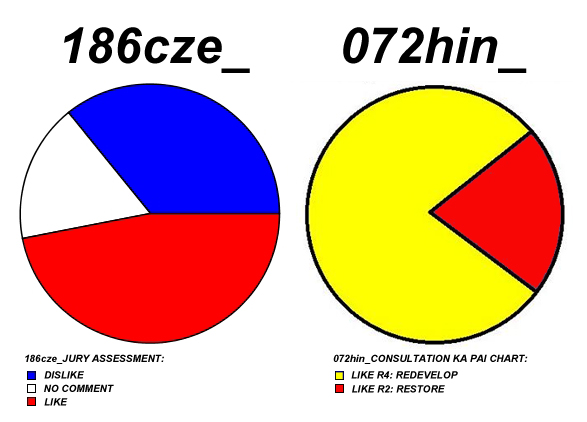000off_survey monkey business
In our informational age, statistics and data have been increasingly deployed as architectural strategies to legitimise design activities. The datascapes of MVRDV, for example, analyse the contemporary city in terms of pure information: “a city that knows no given topography, no prescribed ideology, no representation, no context. Only huge, pure data”. The MetaCity/DataTown project was positioned on the threshold between data visualisation and urban planning and attempted to provoke new architectural and urban thinking. The manipulation of data in a spatial manner with the accompanying all-persuasive power of numeracy means statistics has also be found to bolster weak arguments too. Mark Twain’s phrase “Lies, damned lies, and statistics” exposes the interpretative nature of statistics.
Today SurveyMonkey proclaims itself as the world’s most popular online survey tool yet in its name recognises that in the retrieval of data and information as a means of consultation validation there is an element of monkey business.
SAY WHAT_!?


